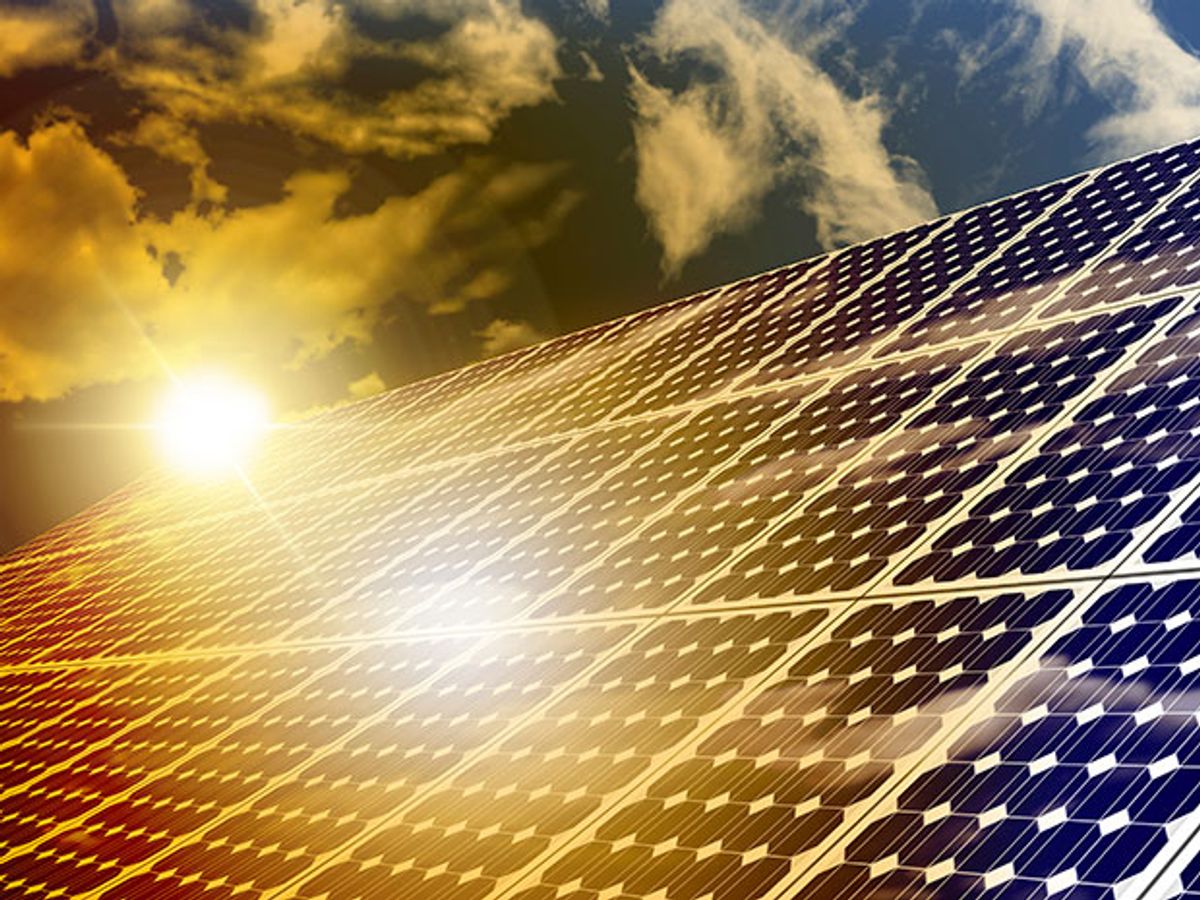Nanophotonic technology could be the key to driving up the efficiencies of solar cells, making them feasible for widespread global deployment, say researchers from the FOM Institute for Atomic and Molecular Physics (AMOLF) in the Netherlands.
The researchers published a review article in Science today describing current solar technologies and their limitations with regards to efficiency. Silicon-based solar, which is now considered a mature technology, occupies about 90 percent of the photovoltaic market, the researchers wrote. Yet, over the last few years, silicon solar cells have realized only modest gains in efficiency, stalling out in the 20-percent range.
But, according to lead author Albert Polman, advances in nanophotonics could help increase efficiencies for single-junction solar cells to 40 percent and higher, and do so cost effectively. In addition, he said, the technology could be compatible not just with silicon, but any type of solar material.
“It's really an upcoming field,” Polman says.
Efficiency and cost are the two main barriers on solar, and often, one is compromised for the sake of the other, Polman says. Using less material, such as for thin-film solar cells, brings costs down, but drags efficiency down right along with it.
Nanophotonics can be applied to existing solar technologies to harness light more effectively to increase efficiency.
When sunlight hits a solar panel, a good amount of the potential energy is lost due to it being reflected and scattered, Polman says. But nanostructures incorporated into a panel can re-direct the scattered light within the solar cell, “so that the light travels back and forth within the cell and is trapped inside it,” he adds.
In the research described in the Science article, Polman's team calculated that the theoretical maximum efficiency for a single-junction monocrystalline silicon solar cell is 29.4 percent, although the majority of commercial silicon panels are multicrystalline silicon, which have efficiencies of around 20.8 percent. But that’s on paper. Thus far, the highest recorded experimental efficiency is 25.6 percent for monocrystalline silicon and 21.3 percent for multicrystalline silicon.
Other materials don't fare much better. Solar cells made from gallium arsenide (GaAs) have the efficiency record for single-junction solar cells at 28.8 percent, but GaAs solar cells are expensive and mostly have niche applications for space and satellite technology, Polman says.
Meanwhile, less expensive materials like thin-film silicon, dye sensitized titanium dioxide, and organic solar, have not broken the 12-percent-efficiency mark.
Nanophotonic technology can help, though. Using printing techniques, nanstructures with improved light harnessing properties can be printed onto silicon-based solar cells, he said. Alternatively, cells can be designed with nanstructures incorporated into them from the beginning.
Polman's lab is currently conducting small-scale experiments using a printing technique to layer nanoscale structures onto silicon solar panels, he says, and is in the midst of building larger panels to test in the field.
Incorporating such nanostructures into silicon cells could help silicon reach beyond its maximum efficiency, but even greater gains will be realized when solar cells are built that combine different materials with nanostructures.
For instance, perovskite has recently been touted as a promising material for solar cell technology; demonstrations have shown that it can reach efficiencies of 20 percent. Polman says that layering perovskite on top of silicon could provide further advantages since the two materials capture different wavelengths of light. Earlier this year, researchers demonstrated that layering perovksite on top of a silicon solar cell boosted the efficiency by 7.3 percent.
Incorporating nanostructures could provide a further boost by allowing researchers to “engineer the scattering of the light in a clever way,” he says.
Looking ahead, Polman says he envisions solar cells that make use of not just two materials, but three or four materials with complementary properties and nanophotonics to make the most use of the incoming sunlight.
“Further advances in nanophotovoltaics will lead to enhanced photocurrents, and thus enhanced efficiency, in several different PV materials and architectures,” the AMOLF team wrote, enabling “very large-scale penetration into our energy system.”



